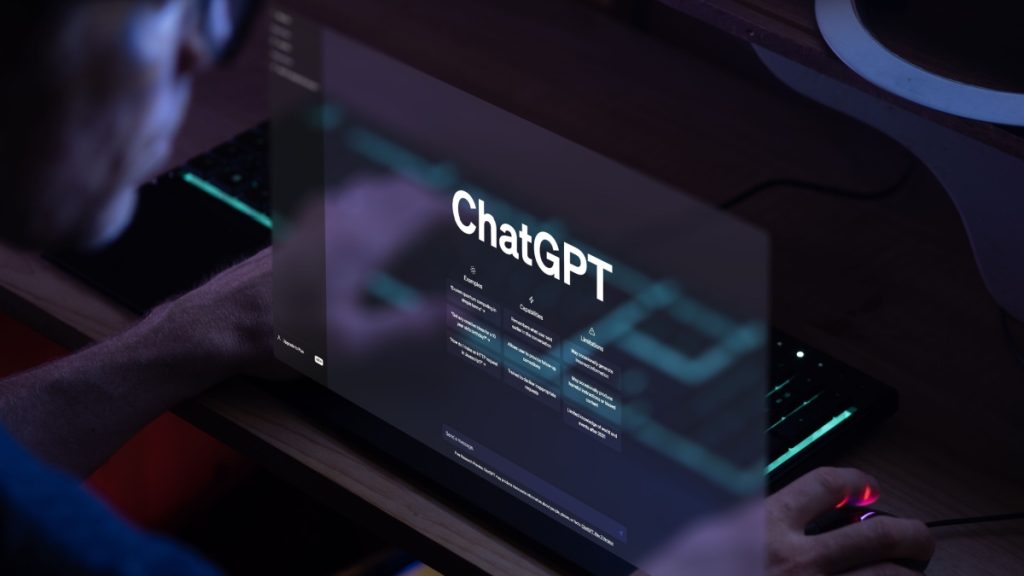
A new security feature has been added to OpenAI’s AI robot accounts, known as Multi-Factor Authentication (MFA), according to a statement published on the company’s website.
This feature aims to support account security, offering users a more streamlined and secure method to protect their accounts from unauthorized access.
To allow MFA, users should install an authenticator app on their mobile devices. After that, they scan a QR code having Time-Based One-Time Passwords (TOTP) and enter the codes that are composed of 6-digits along with their usual login credentials. In case the device was lost, or the user was unable to use TOTP codes, users will receive a recovery code via email to regain access.
Cybersecurity experts greatly advise the use of MFA or Two-Factor Authentication (2FA) for enhanced security. This makes sure that despite a password being stolen, access to the account remains controlled without the subsequent TOTP, which is generated through an Authenticator app.
While MFA enhances security, it is not reliable. There have been examples where hackers successfully seized account sessions that were previously authenticated by users with their TOTP codes. This implies that hackers can gain unauthorized access without possessing the codes themselves, highlighting the need for continued caution.
As OpenAI introduces Multi-Factor Authentication, its users’ accounts are significantly more secure. By adopting MFA or 2FA, users can significantly enhance the security of their accounts, safeguarding them against unauthorized access and potential security breaches.
Inside Telecom provides you with an extensive list of content covering all aspects of the tech industry. Keep an eye on our Cybersecurity sections to stay informed and up-to-date with our daily articles.